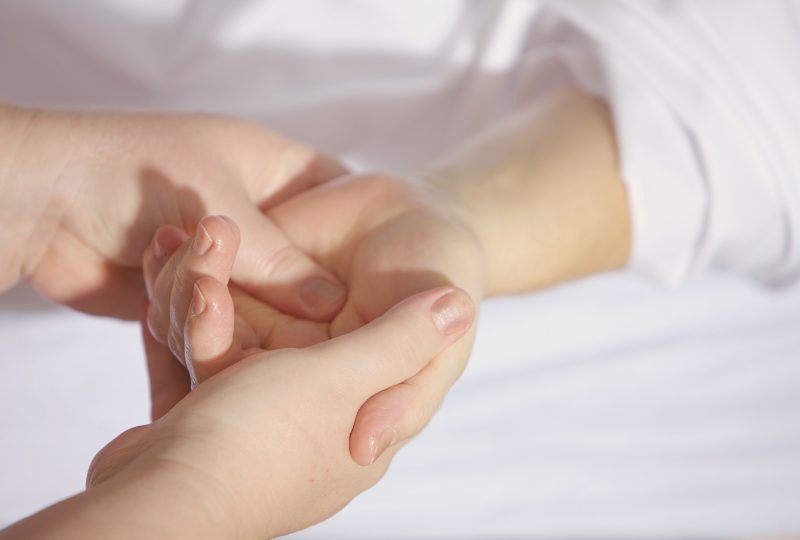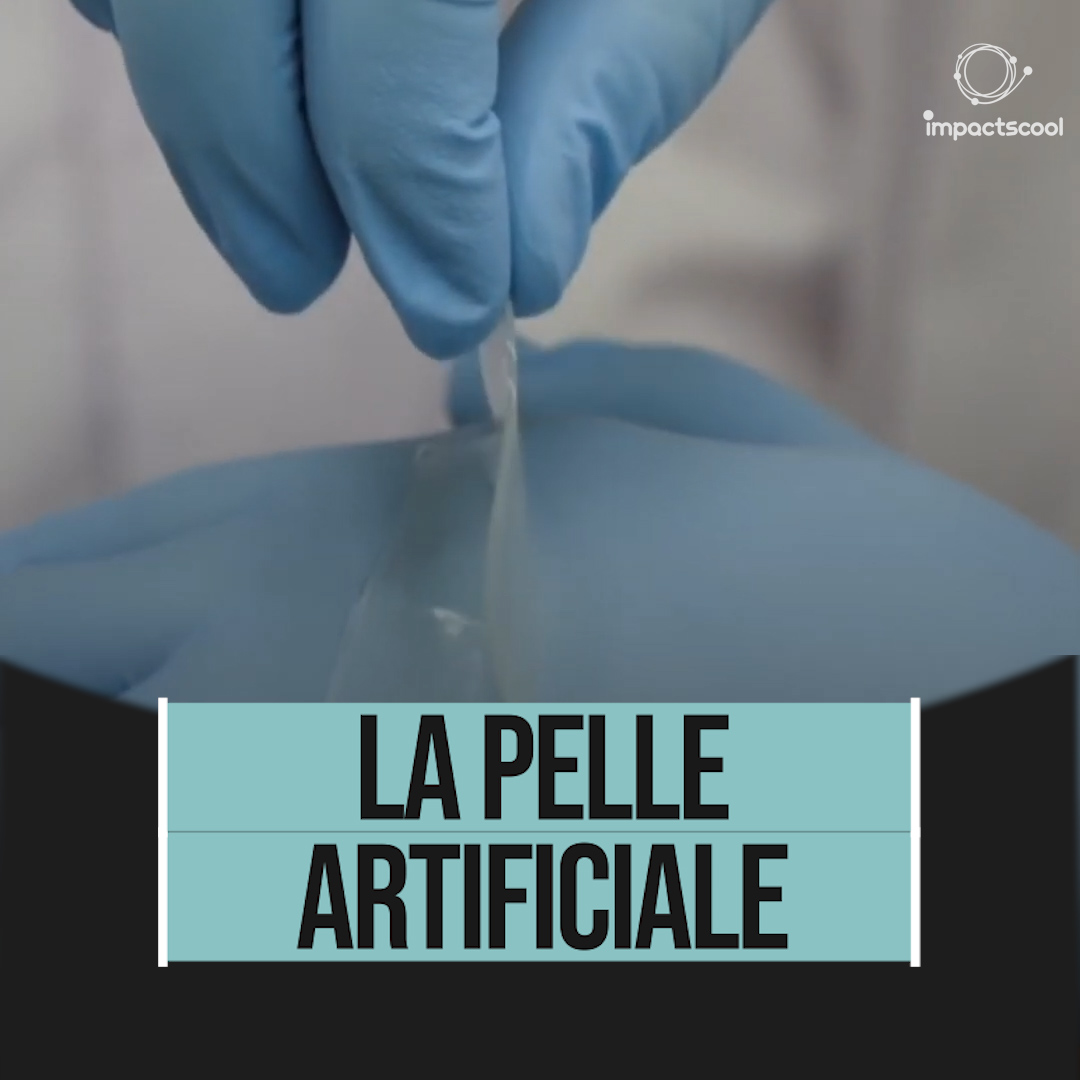The skin of the future? It could be artificial
5 September 2019 | Written by La redazione
It could replace our skin in the event of damage, or give the sense of touch to the robots and prostheses

Our skin is a barrier to the outside but also one of the main ways we experience the world. It is an incredibly resistant and at the same time extremely sensitive organ: we are able, in the most sensitive areas to the touch, like fingertips and lips, to notice micrometric differences in a material. The skin is of great importance for our life so it is essential to study ways in which technology can help those who, for various reasons, can no longer rely on the touch and other characteristics of the skin.
Reconstructing the skin. For those who suffer severe burns or are forced to extensive operations, skin regeneration is a problem. These are long and painful processes, which still leave unsightly scars, which also represent a possible gateway for pathogens. Too often, in the case of serious injuries, surgery and skin transplantation must be used to allow these to close. In the future, however, things could change: researchers at the Salk Institute have developed a new technique that allows them to reprogram cells of an open skin wound into cells similar to skin stem cells, which have been able to repair the lesion.
Put yourself in the skin of a robot. Several teams of researchers around the world are working to create artificial skin whose applications would be innumerable. From helping those who need a skin transplant to providing the robots of the future with a sense of touch, which would allow them to interface in a more precise and “human” way with the world and with people, through the creation of capable prostheses to restore the sense of touch to those who have lost a limb. The different studies exploit various ways to simulate the sense of touch, from silicone films containing thousands of pressure sensors capable of sending an electrical signal similar to what our nerves carry towards the brain, to special pockets of conductive material inside of biocompatible films that deform changing the way in which they transmit electric current and therefore the signal.
A virtual hand. With the increasingly widespread diffusion of virtual and augmented reality systems, the ability to interact with the virtual world in a natural way is a necessity towards which more and more companies are pushing their efforts. One of these, carried out by Kaust, the Arab University King Abdullah, uses special flexible paint, almost imperceptible and magnetic. Applied on the skin it gives magnetic properties that could facilitate the use of future wearable computers making their functions more effective, with applications ranging from rehabilitation to entertainment.
Watch the video:






